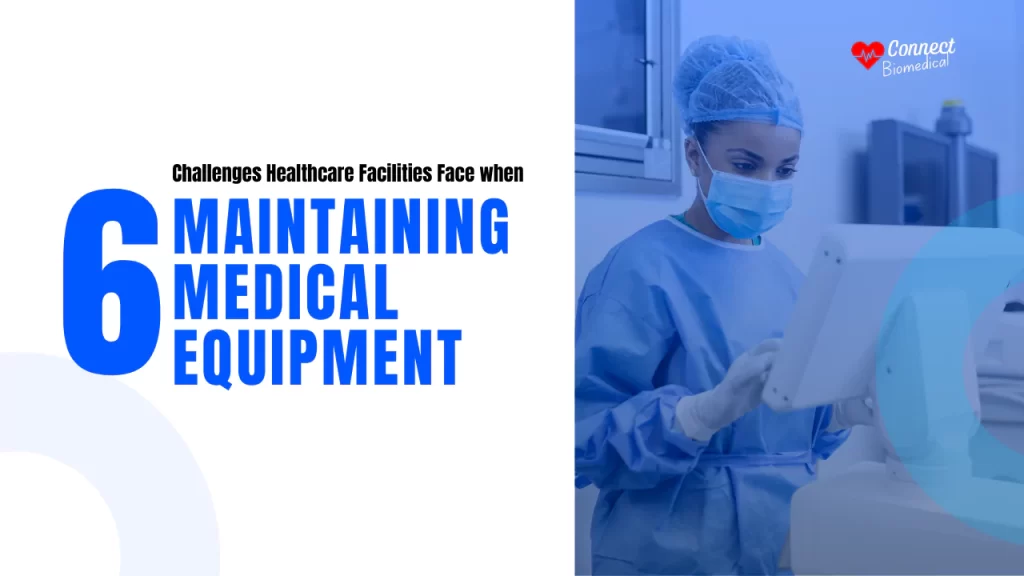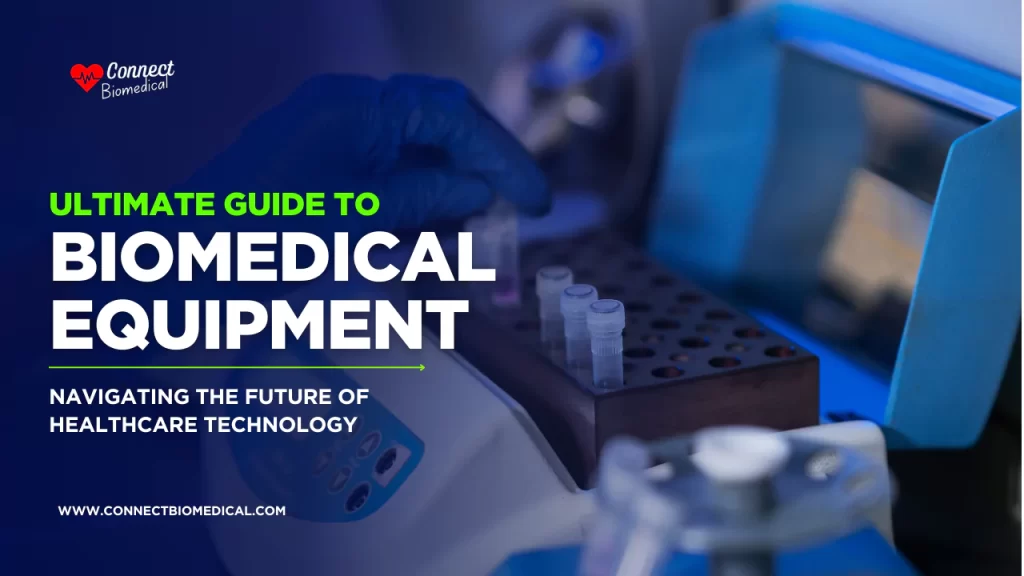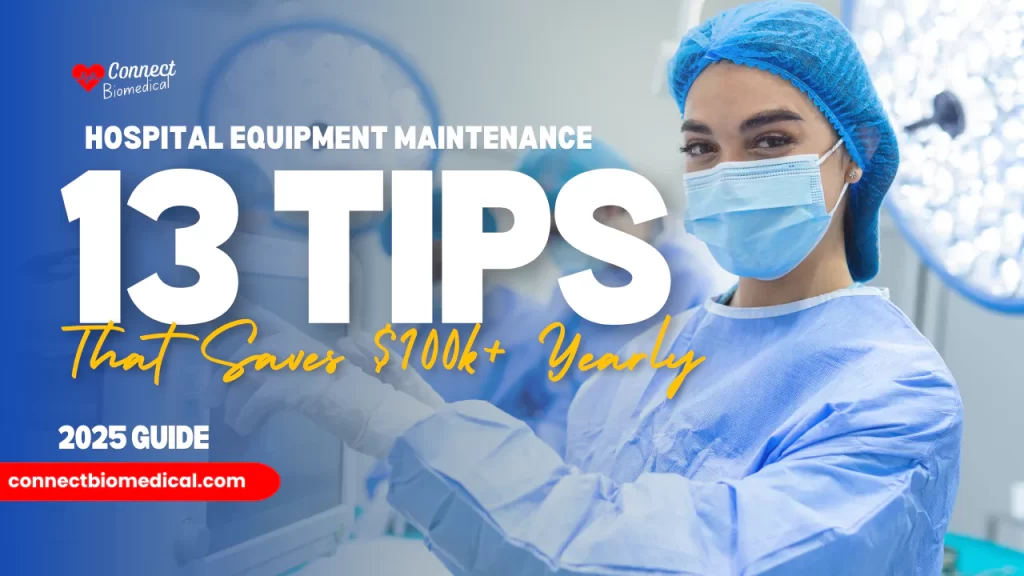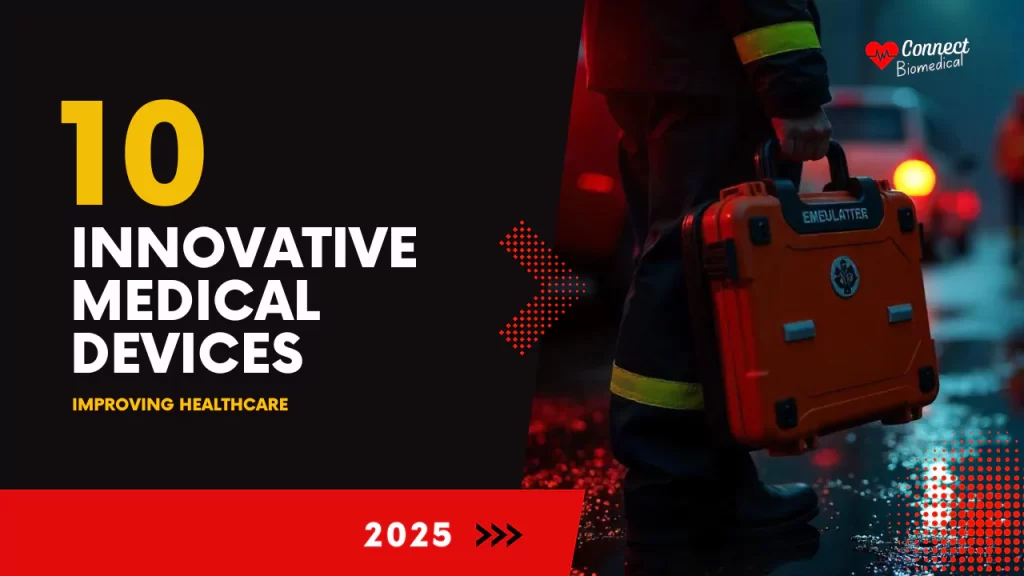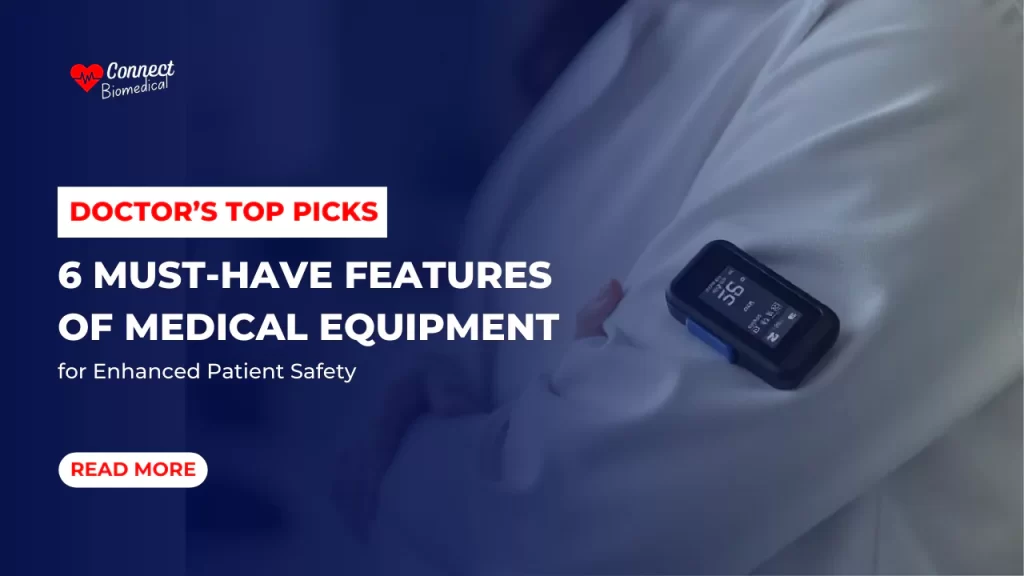Maintaining medical equipment in healthcare facilities is a complex task with numerous challenges. This article delves into key strategies such as prioritizing staff training, streamlining workflows, and optimizing resource allocation, backed by insights from industry experts. Discover practical solutions to ensure equipment reliability and efficiency.
- Prioritize Staff Training
- Streamline Workflows
- Implement Management Systems
- Outsource Strategically
- Maintain Service Standards
Prioritize Staff Training
One of the biggest challenges healthcare facilities face in maintaining medical equipment is a lack of expertise among staff. Many clinics and hospitals rely on complex machinery for diagnostics, treatment, and rehabilitation, yet they often lack personnel with the technical knowledge to properly maintain, troubleshoot, and calibrate these devices. This can lead to equipment failures, delays in patient care, and increased costs from frequent repairs or replacements.
To overcome this, healthcare facilities should invest in ongoing staff training programs and establish strong relationships with specialized biomedical engineers or equipment manufacturers. Regular in-service training sessions ensure that physical therapists, nurses, and other healthcare professionals understand how to use and maintain critical equipment properly.
Additionally, implementing a proactive maintenance schedule rather than waiting for breakdowns helps prevent unexpected failures and ensures equipment operates at peak efficiency. By integrating digital monitoring systems that alert staff to potential malfunctions before they become serious issues, facilities can improve patient safety and reduce operational downtime.
In my 30 years of experience as a physical therapist and clinic director, I have seen firsthand how a lack of expertise in medical equipment maintenance can disrupt patient care. When I took over Collins Place Physio, I noticed frequent breakdowns in essential rehab equipment like ultrasound machines and reformer Pilates beds, mainly due to staff not knowing how to perform routine maintenance. To address this, I introduced mandatory training sessions for my team, working closely with equipment suppliers to ensure everyone understood proper usage and preventative care. We also implemented a structured maintenance log system where each piece of equipment was checked regularly and any minor issues were reported before they escalated.
As a result, we significantly reduced equipment downtime, improved patient flow, and created a safer environment for both clients and staff. When I launched my office, I carried these lessons forward, ensuring that our team is well-equipped with the knowledge to maintain our advanced rehabilitation technology, allowing us to deliver the highest standard of care with minimal disruption.
Peter Hunt, Director & Physiotherapist, The Alignment Studio
Streamline Workflows
One of the biggest challenges healthcare facilities face in maintaining medical equipment is dealing with limited resources, whether it’s budget constraints, staff shortages, or difficulty sourcing spare parts. When maintenance becomes reactive instead of proactive, it can lead to unexpected breakdowns that disrupt patient care and put safety at risk.
We aim to alleviate some of these issues by empowering healthcare teams through streamlined workflows that let practitioners focus on what matters most-patient care. When administrative tasks are simplified, staff have more time to stay on top of equipment maintenance without feeling overwhelmed. Instead of chasing down service records or manually tracking maintenance schedules, practitioners can access everything they need in one place, making it easier to ensure equipment is properly maintained.
Training also plays a key role. Even with limited resources, giving frontline staff the knowledge to troubleshoot minor issues and recognize early signs of equipment failure can prevent small problems from escalating. We’ve seen how better access to information and collaboration tools helps teams stay proactive, reducing downtime and repair costs while keeping operations running smoothly.
By reducing the burden of manual processes and improving coordination, we help healthcare teams make the most of their time and resources. The goal is to create a more efficient, well-supported workforce so practitioners can focus less on logistics and more on delivering high-quality patient care.
Jamie Frew, CEO, Carepatron
Implement Management Systems
One significant challenge is the lack of expertise. Many healthcare facilities struggle with the specialized knowledge necessary for equipment maintenance. This gap can lead to increased downtime and compromised patient care. Properly functioning equipment is crucial for diagnosis and treatment. Without expert handling, the reliability of medical devices can suffer.
Implementing a comprehensive equipment management system can streamline maintenance processes. Such systems help in tracking the performance and maintenance schedule of each device. By using predictive maintenance techniques, potential issues can be addressed before they escalate. Digital tools can assist in monitoring equipment health in real-time. This proactive approach minimizes downtime and ensures devices are always ready for use.
Ivan Rodimushkin, Founder, CEO, XS Supply
Outsource Strategically
Limited resources are a major challenge, especially in facilities trying to balance costs without compromising patient care. One of the most effective ways to work around this is strategic outsourcing. Instead of stretching an in-house team too thin, partnering with trusted service providers ensures equipment stays in top shape without unnecessary downtime.
We’ve built strong relationships with accredited dental clinics worldwide, ensuring they have access to top-tier equipment maintenance services. In Turkey, for example, we work with clinics that use shared maintenance contracts, where multiple facilities contribute to a central team of specialists. This keeps costs down while ensuring quick response times for repairs.
Preventive maintenance is another game-changer. Regular check-ups and proper usage training prevent small issues from turning into expensive failures. We’ve seen how clinics that stick to scheduled servicing experience fewer disruptions and maintain high standards of care, which ultimately keeps patients safe and operations smooth.
Odellé Joubert, Chief Operating Officer, Dentaly Go
Maintain Service Standards
When scaling up the business, for example, a healthcare startup, maintaining the level of service while widening the user base is one of the greatest challenges. In health-focused startups, this challenge is especially important because the interests involve the health and trust of patients or clients that depend on the continuity and quality of health services and products. With the growth of the business, maintaining the highest standards of patient service, care and data privacy becomes more challenging but crucial for all team members—front-line support staff and health practitioners alike. A fault in these areas might result in huge reputational loss and legal problems, breakdown of confidence and slowing growth.
Sarah Bonza, Founder, Bonza Health

